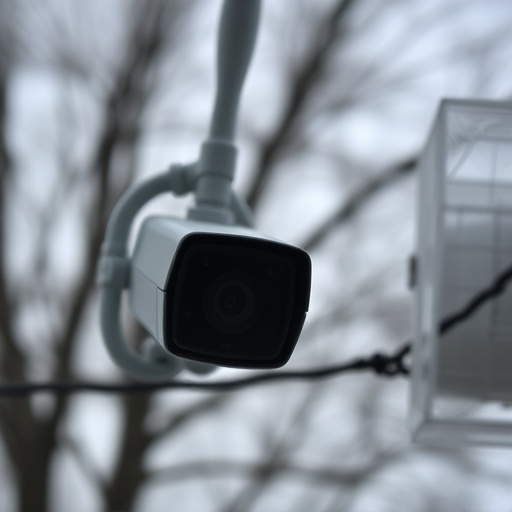Light reflection analysis is a non-intrusive method to detect concealed cameras for babysitter monitoring. By understanding how light interacts with irregular or reflective surfaces, patterns can reveal hidden devices. This technique considers camera type, lens quality, and light angle variations. Employing light reflection techniques helps foster trust and ensures secure environments for children's safety.
Uncover the advanced techniques used to detect hidden surveillance, particularly in sensitive settings like babysitter monitoring. This article delves into the science behind light reflection as a powerful tool for identifying spy cameras, known as the ‘concealed camera detection light reflection technique’. By understanding how light interacts with these devices, we can explore practical applications and strategies to counter the growing prevalence of hidden cameras in private homes.
- Understanding Light Reflection for Camera Detection
- Spy Cameras in Babysitter Monitoring Scenarios
- Effective Strategies to Counter Concealed Cameras
Understanding Light Reflection for Camera Detection
Understanding Light Reflection is key in detecting concealed cameras, especially for Concealed Cameras for Babysitter Monitoring. When light encounters a smooth surface, it bounces back evenly, but when it hits an irregular or reflective surface, the pattern of reflection changes. This difference can be harnessed to identify hidden devices. By strategically placing lights and analyzing the resulting reflections, it becomes possible to uncover cameras that might be surreptitiously installed for invasive monitoring.
This technique leverages the principles of optics and physics, ensuring a non-intrusive yet effective method for identifying Concealed Cameras for Babysitter Monitoring. It’s crucial to understand how light interacts with various surfaces to ensure accurate detection. The reflection pattern can vary based on factors like camera type, lens quality, and the angle at which the light hits the surface, making it a complex but rewarding approach to countering covert surveillance.
Spy Cameras in Babysitter Monitoring Scenarios
Spy cameras, often hidden and disguised as everyday items, have found their way into various settings, including homes where babysitters are employed. The use of concealed cameras for babysitter monitoring is a growing trend among parents seeking reassurance about their children’s safety while in someone else’s care. These tiny yet powerful devices can be attached to objects like toys, clock radios, or even wall decorations, capturing footage without raising suspicion.
In babysitting scenarios, spy camera detection becomes an essential practice for both parents and caregivers. While it may seem like an extreme measure, the reality is that ensuring a secure environment for children is paramount. By employing light reflection techniques to identify these hidden cameras, babysitters can take proactive steps to create a safe space. This cautious approach allows everyone involved to breathe easier, knowing that transparent monitoring is in place, fostering trust and peace of mind.
Effective Strategies to Counter Concealed Cameras
Detecting hidden cameras, especially those used for intrusive monitoring like babysitter surveillance, is a growing concern in today’s tech-driven world. However, countering concealed cameras isn’t impossible. One effective strategy involves utilizing light reflection techniques. By shining lights with specific angles and intensities, unusual patterns or artifacts on visual feeds can reveal the presence of hidden cameras. This method is particularly useful for security professionals and privacy advocates.
Another powerful approach is to employ advanced software that analyzes video frames for inconsistencies, such as unnatural shadows or reflections, which could indicate the presence of a camera lens. Additionally, educating individuals about potential camera types and their telltale signs can go a long way. For instance, knowing that small, miniature cameras often have distinct shapes or attachments can help in identifying them. When combined with regular maintenance checks and awareness, these strategies offer robust defenses against concealed cameras for babysitter monitoring and other forms of private surveillance.
The detection of concealed cameras using light reflection techniques offers a promising approach to countering privacy invasions in sensitive settings, particularly during babysitter monitoring. By understanding how light interacts with different surfaces and materials, we can develop effective strategies to identify hidden cameras. While spy cameras for babysitter monitoring pose ethical dilemmas, proactive measures like implementing these detection methods can help ensure the safety and security of children under care, fostering a more transparent and trustworthy environment.
